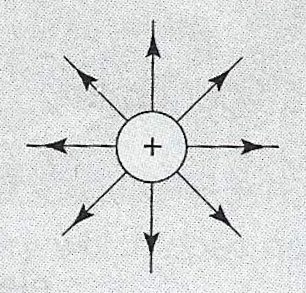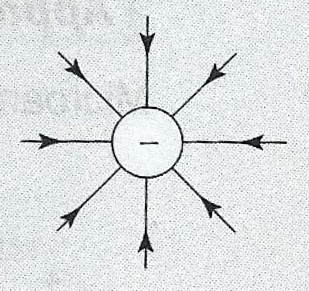| 3.1 |
Current and Potential Difference |
|
| |
| |
Electric field |
|
| |
The region around a charged particle where any electric charge in the region will experience an electric force |
|
| |
|
|
|
|
| |
| |
|
The patterns of observed electric fields for positive charge and negative charge are as follows:
|
| (a) |

The direction of the electric force line avoids the positive charge.
|
| |
|
| (b) |

The direction of the electric force line to negative charge.
|
| |
|
|
| |
| |
| |
Electric field strength, E |
|
| |
Electric force acting on a unit positive charge placed at the point.
|
|
| |
|
|
| |
\(E=\dfrac{F}{q}\), where E = electric field strength, F = electric force, Q = quantity of electric charge |
|
| |
|
|
| |
\(E=\dfrac{V}{d}\), where E = electric field strength, V = potential difference, d = distance between plates
|
|
| |
|
|
|
|
| |
| |
| |
Electric current, \(I\) |
|
| |
Rate of flow of charge in a conductor |
|
| |
|
|
| |
\(I = \dfrac{Q}{t}\), \(I\) = current, Q = total charge, t = time |
|
| |
|
|
|
|
| |
| |
| |
Potential difference |
|
| |
Work done in moving one coulomb of charge from one point to another. |
|
| |
|
|
| |
\(V = \dfrac{W}{Q}\) or \(V=\dfrac{E}{Q}\), where V= potential difference, W = work done, E = energy transferred, Q = amount of charges flowing |
|
| |
|
|
|
|
| |
| |